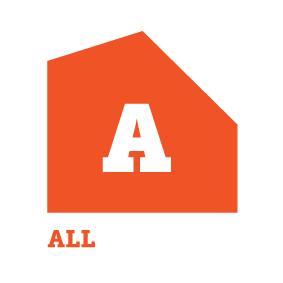Know your stuff: On-the-job learning for LBPs
Codewords 77: March 2017
As more licensed building practitioners (LBPs) transition into the new skills maintenance system introduced in November 2015, we are receiving more queries about the on-the-job learning component of the LBP scheme. It is important LBPs have a good understanding of this, so we’ve put together information to explain how on-the-job learning works.

Why?
By way of a reminder, on-the-job learning was introduced as a simple method of recording naturally occurring learning that has taken place during your everyday work on-site or in the design office. Many LBPs are practical people and learn by doing, rather than by sitting in a classroom. The LBP licence class competencies have been written to reflect this, requiring action and the application of a skill in order to demonstrate understanding. For example, requiring LBPs to construct, install, fabricate, prepare, fix, set out or erect by way of ‘performance indicators’.
Where do I start?
The following table provides some useful pointers and questions you might wish to consider to recognise and harness on-the-job-learnings.
| Question | Guidance | Examples |
|---|---|---|
| Have I done anything lately that extended my knowledge base or tested my thinking in relation to my work? | If you have come up against a new and/or complex task that caused you to take stock and read the plans several times before launching into a particular task then this might be a good example of on-the-job learning. |
|
| Have I used a new product, material or method of construction lately? | Often new products require you to review plans, specifications or product literature. You may even contact the manufacturer for guidance on how to install the product. This is a valid example of learning that can be used to meet this requirement. This could be in the design office or on-site. |
|
| Have I attended a trade talk or ‘builders’ breakfast’ where a new product, material or regulatory requirement has been presented? | If you have attended a trade talk and later used the product or practice in question this is an example of on-the-job learning. |
|
| Have I failed a council building inspection that caused me to revisit a piece of work? | A failed inspection or request for information (RFI) can lead to a legitimate learning. |
|
| I don’t work on the tools anymore. How do I meet this requirement? | Supervision, site management, interpreting drawings and applying learnings on regulatory compliance can all be utilised by those who are no longer actively working on the tools. |
|
How do I keep track of my learning?
On-the-job-learning is not about creating more administrative work for you. Rather it is about harvesting learning opportunities that arise during your everyday work. Here are some handy ways of keeping track of what you’ve learned:
- Go to www.lbp.govt.nz and either:
- download, complete and submit the Record of Learning form [PDF, 361 KB]
- submit your learning activity through the LBP portal(external link)
- Provide a relevant record of work or certificate of design as evidence.
- Take a photo (this is an easy way to create a record to file later).
- Use one of the industry-led apps to record your activities – these are widely available.
Quiz
1. Why was on-the-job-learning introduced in 2015?
- So that legitimate learning occurring on the job can be easily captured.
- So your boss can keep tabs on you.
- To increase the administrative burden of being an LBP.
2. Does on-the-job-learning only relate to technical competence?
- Yes.
- No. It can also relate to health and safety, regulatory knowledge and any other relevant part of performing your role.
3. Where can I learn more about on-the-job learning?
- In the builders’ omnibus 2017.
- On www.lbp.govt.nz or contact the MBIE service centre on 0800 24 22 43.
- In the Dominion Post or the New Zealand Herald.
4. Can I use a record of work or certificate of design as evidence of doing something new where I have learnt something?
- Yes, simply retain the record as evidence.
- No, neither can be used.
- Maybe, but it depends if I have a site licence or not.
Check answers
1) Why was on-the-job-learning introduced in 2015?
a. So that legitimate learning occurring on the job can be easily captured.
2) Does on-the-job-learning only relate to technical competence?
b. No. It can also relate to health and safety, regulatory knowledge and any other relevant part of performing your role.
3) Where can I learn more about on-the-job learning?
b. On www.lbp.govt.nz or contact the MBIE service centre on 0800 24 22 43.
4) Can I use a record of work or certificate of design as evidence of doing something new where I have learnt something?
a. Yes, simply retain the record as evidence.
